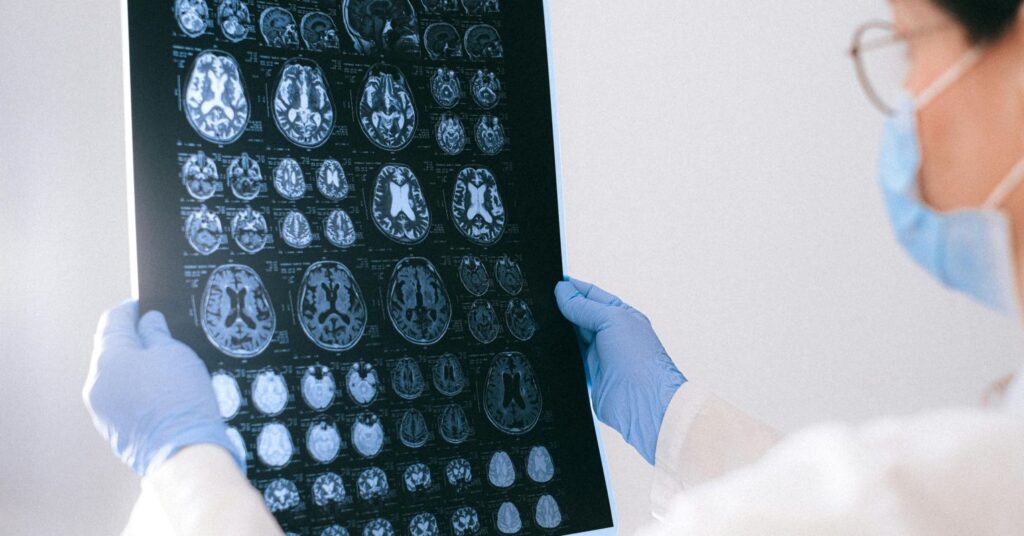The human brain is an incredibly complex organ that consumes a significant amount of the body’s energy, accounting for about 20 percent of the daily calorie intake. To enhance its energy efficiency, the brain exhibits what is known as brain asymmetries, which involve the division of labor between the two hemispheres. For instance, language processing typically occurs in the left hemisphere, while the right hemisphere is responsible for tasks such as facial recognition and spatial attention.
One common form of brain asymmetry is handedness, with approximately 90 percent of individuals being right-handed. This dominance of the left hemisphere’s motor cortex for fine motor tasks like writing highlights the efficiency gained from specialization within the brain. Researchers are still exploring the factors that contribute to the development of these asymmetries.
A recent study published in the journal “Brain Structure and Function” delved into brain asymmetries in individuals with a rare condition called Situs Inversus Totalis, where organ placement is reversed. Neuroscientist Emma M. Karlsson and her team conducted brain scans on 21 patients with Situs Inversus Totalis and 21 control volunteers using advanced imaging techniques.
The study focused on analyzing white matter asymmetries, which play a crucial role in connecting different areas of the brain. Surprisingly, the researchers found that both groups exhibited similar patterns of white matter asymmetry, regardless of the unique organ placement in individuals with Situs Inversus Totalis. This suggests that the processes governing organ asymmetries are distinct from those influencing brain asymmetries.
Overall, the study sheds light on the complex nature of brain development and the interplay between genetic factors and asymmetries in both the body and the brain. The findings provide valuable insights into how the brain adapts and functions, showcasing the remarkable intricacies of the human brain’s organization.

